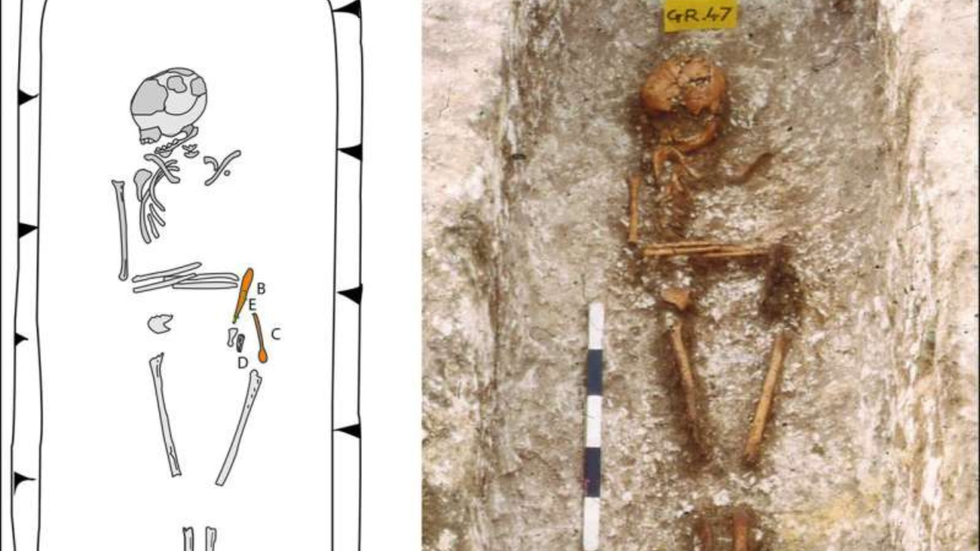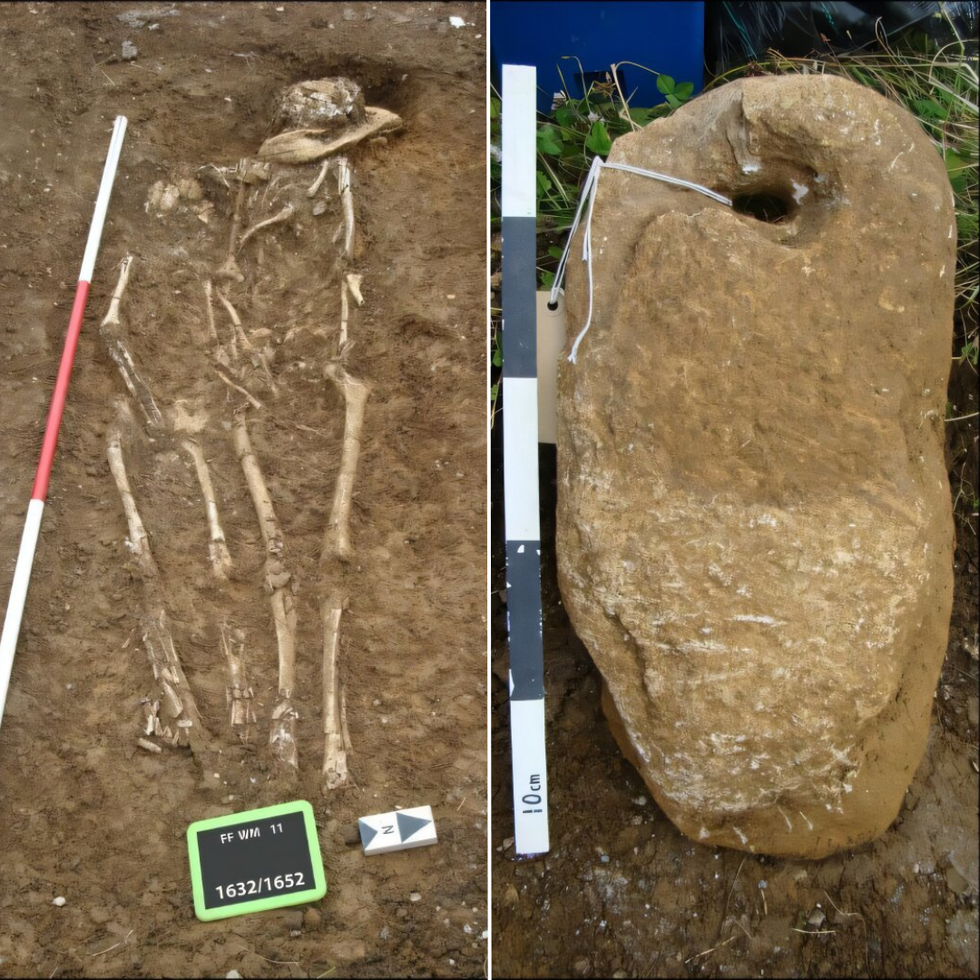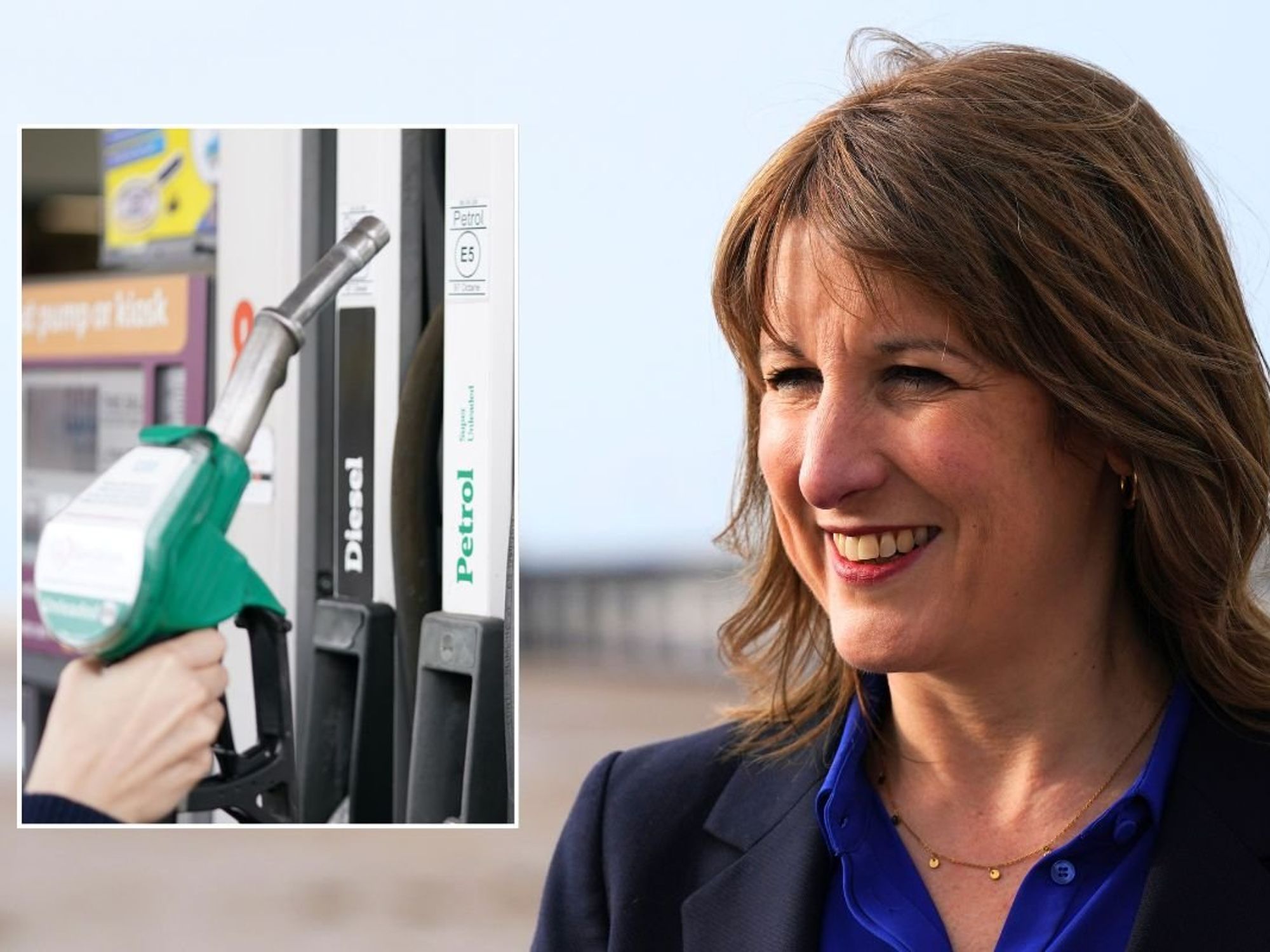'Evidence of medieval England's diverse population' found at 1,300-year-old burial sites
'Our results emphasise the cosmopolitan nature of England in the early medieval period,' researchers claimed
Don't Miss
Most Read
Latest
Remains from 1,300 years ago found at two English burial grounds have revealed "evidence of medieval England's diverse population".
Scientists examining DNA from seventh-century cemeteries in Kent and Dorset identified a young girl and a man whose genetic profiles indicate they each had a grandparent originating from West Africa.
The research provides the first genetic confirmation of direct connections between Britain and Africa during the Early Middle Ages.
**ARE YOU READING THIS ON OUR APP? DOWNLOAD NOW FOR THE BEST GB NEWS EXPERIENCE**
Both individuals possessed maternal lineages from northern Europe, whilst their overall genetic makeup showed between 20 and 40 per cent West African ancestry, matching populations from present-day sub-Saharan regions.
The Kent burial contained a girl aged between 11 and 13 at death, whilst the Dorset grave held a young man who died between 17 and 25 years old.

Remains from 1,300 years ago found at two English burial grounds have revealed 'evidence of medieval England's diverse population'
|LILIAN LADLE/ANTIQUITY
Scientific analysis of the man's bones suggests he grew up in England and consumed a local diet throughout his life.
DNA testing revealed the girl had relatives buried in the same Kent cemetery, including a grandmother and aunt.
The genetic markers specifically matched groups including the Yoruba, Mende, Mandinka and Esan peoples from West Africa.
The girl was interred with various grave goods, whilst the young man was buried following local customs.
LATEST IN ARCHAEOLOGY:

The two burial grounds represent contrasting regions of seventh-century England
|LILIAN LADLE/ANTIQUITY
Updown in Kent sat near Finglesham, a significant Anglo-Saxon settlement with strong continental European connections and numerous imported artefacts including pottery from Frankish Gaul and garnets from as far away as India.
Worth Matravers in Dorset occupied a more peripheral location, situated beyond the main Anglo-Saxon cultural sphere in an area maintaining Romano-British burial traditions with minimal grave goods.
Dr Ceiridwen Edwards from the University of Huddersfield said: "Our results emphasise the cosmopolitan nature of England in the early medieval period, pointing to a diverse population with far-flung connections who were, nonetheless, fully integrated into the fabric of daily life."
While Professor Duncan Sayer from the University of Central Lancashire said: "This is a grandparent, so it's definitely not about surviving Roman military or administrators, which were several hundred years in the past."
Researchers propose the arrivals may have coincided with Byzantine reconquest of North Africa during the sixth century, which reopened trade routes for sub-Saharan gold.
Sayer added: "The reopening of this channel is taking place at a time that would correspond very much with the grandparents of these two people.
"Seventh-century England was certainly no 'dark age' collection of small, rural, isolated communities.
"These are dynamic communities with artefacts being traded, and gene flow taking place, all the way from West Africa and beyond."










